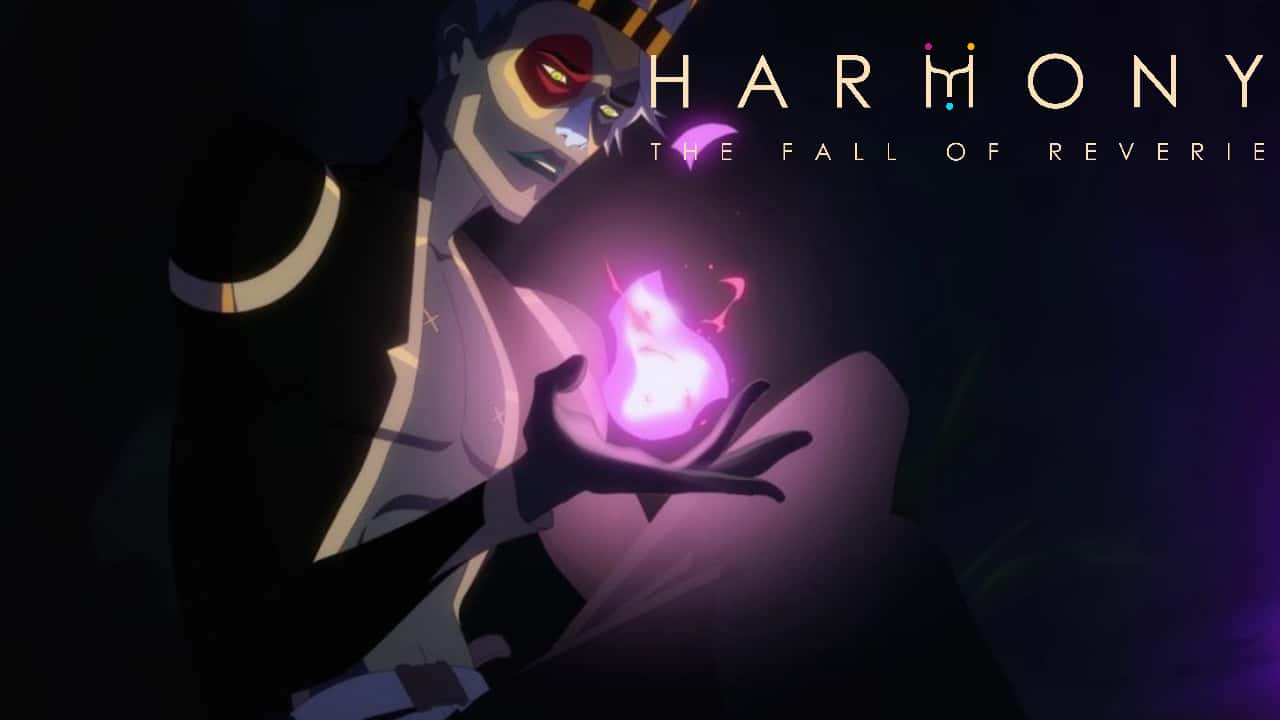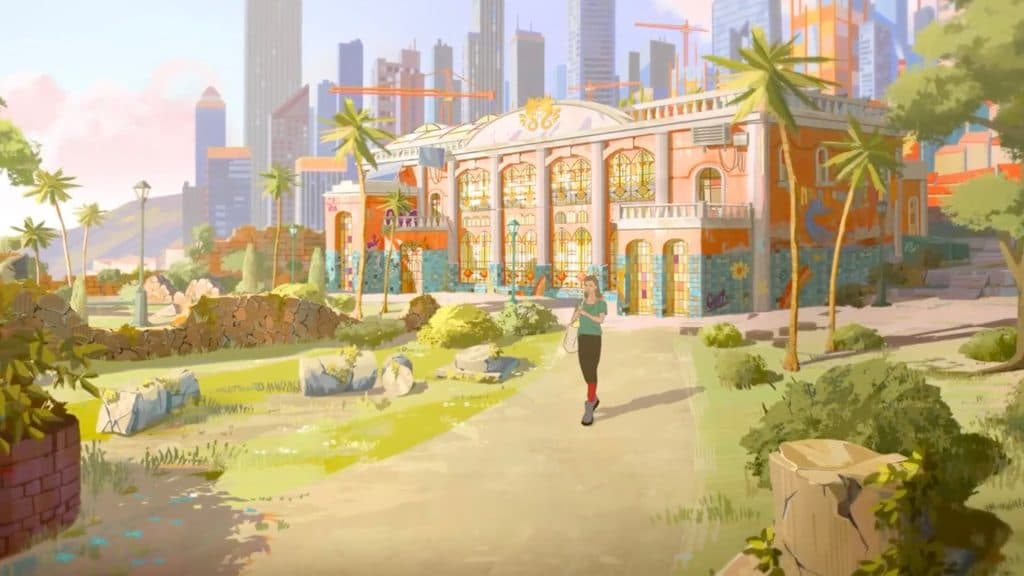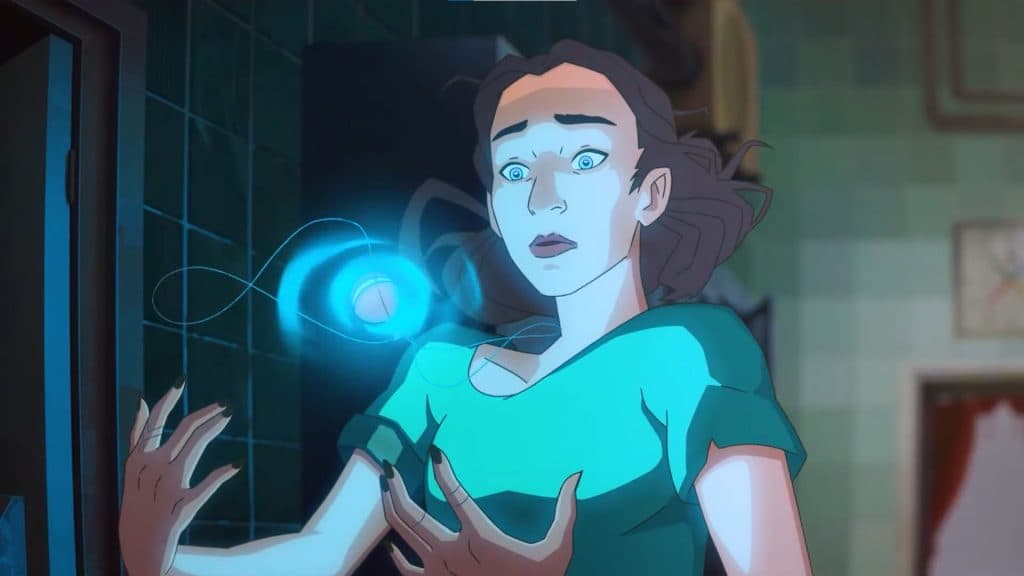Harmony: The Fall of Reverie interview – Devs discuss tackling real-world issues in video games
 Don't Nod
Don't NodThe developers behind Harmony: The Fall of Reverie spoke to us at Dexerto shortly after the game launched to discuss everything from literary influences, the sudden shift to visual novel storytelling, and how they chose to tackle real-world political issues in a video game.
2023’s video game calendar is undeniably stacked. With big names like Starfield, Diablo 4, and the mega-popular latest installment of Legend of Zelda just the tip of the iceberg. However, a game that may go under the radar for some, despite coming from a relatively well-known studio, Don’t Nod, is Harmony: The Fall of Reverie.
Despite its low-key release earlier this month, Harmony: The Fall of Reverie brought with it not only a fair few innovations for Don’t Nod, with a sudden shift to visual novels, and a 2D art style, a far stray from the studio’s normal stylings, but with the new changes also came what may be one of their best stories to date.
So, to get a better insight into the newer look for Don’t Nod and the captivating story woven throughout Harmony, we decided to ask the devs a few questions on the sudden shifts.
Don’t Nod’s shift to 2D with Harmony: The Fall of Reverie
When you think of Don’t Nod, you may first think of Life is Strange or Remember Me, both games rendered in 3D. But with Harmony, Don’t Nod presents a new visual style, so I wanted to know why they felt this was the direction to take the game in.
“Producing 3D sets is very demanding and since the beginning, we wanted to give more space to the writing and prose,” executive producer, Cyrille Combes, said. “We were also a very small team, so we tried to simplify the production of the sets while retaining a strong, polished visual style.”
 Don’t Nod
Don’t NodHe described it as “a concept art rendering with movement and animation”, which was much faster to create.
Not only was Harmony a dimensional shift for Don’t Nod, but it was also an art style shift. Going from their trademark 3D to 2D, it saw them adopt the visual stylings akin to Avatar: The Last Airbender, ala its fusion of Japanese anime aesthetics and Western animations. To which the devs were happy to add more influences to the list.
“Yes, and many others like Tekkonkinkreet, Love, Death + Robots, and Spider-Man: Into the Spider-Verse,” Combes said. Even adding that the art team drew great inspiration from the animated works of Alberto Mielgo, who you would know as one of the main brains behind the visuals of Spider-Verse.
Devs talk integrating real-world problems into their game
In my review of Harmony, I wrote extensively about how the game tackled real-world topics of gentrification, the injustices of capitalism, and familial trauma, which is once again quite the shift for Don’t Nod’s writing department. So I asked the devs whether it was a conscious decision for the team to tackle these topics.
“It was definitely a conscious decision. Since hopes and dreams are at the core of our game, dealing with politics and social issues was unavoidable for us. Because one of the two worlds in Harmony is a fantastical and imaginary world, we wanted the other one to be very real and concrete,” Narrative designer, Matthias Fuchs explained.
 Don’t Nod
Don’t Nod“These real-world problems are things that affect our everyday lives, and we think it’s important to discuss them through art and literature.”
And it shows, as much of the game revolves around how a mega-corporation, Mono Konzern, affects not only the real world of Alma, but also Reverie, and the hopes and dreams of all its inhabitants.
Heavily politicized issues of gentrification were such a big point for the team that it essentially inspired the approach to the game. “I’d say the world around us and the political climate was what inspired us initially,” Fuchs said of writing inspirations.
“We wanted to tackle modern issues like capitalism and injustice through a solarpunk lens – one of hope, with a positive approach to darker themes,” he added.
Fuchs further touched on the various inspirations the writing team had, and it’s quite the list. “In terms of world-building, Neil Gaiman’s Sandman was an obvious inspiration, along with Roger Zelazny’s Chronicles of Amber and even Tim Power’s Last Call.”
 Don’t Nod
Don’t NodAnd as for the writing side, he said, “We took influence from character-centric literature like Haruki Murakami, Lydia Davis, and Raymond Carver.
“We knew we wanted to switch between small and larger scale, from the intimate to the metaphysical, with a pinch of magic to wrap it all together.”
And because of how much focus was put into the game’s writing, it all but naturally lent itself to a visual novel.
“We wanted to explore other possibilities of telling stories and that’s why we went with a very text-based game with the Augral at the heart of the choice system,” Combes explained on the studio’s decision to make Harmony a visual novel.
“It took us time and iteration to find the right balance between these different pillars: leaving space to the writing, unfolding stylish visuals while sticking to this boardgame-ish gameplay, and the result is what you get in Harmony: The Fall of Reverie.”



